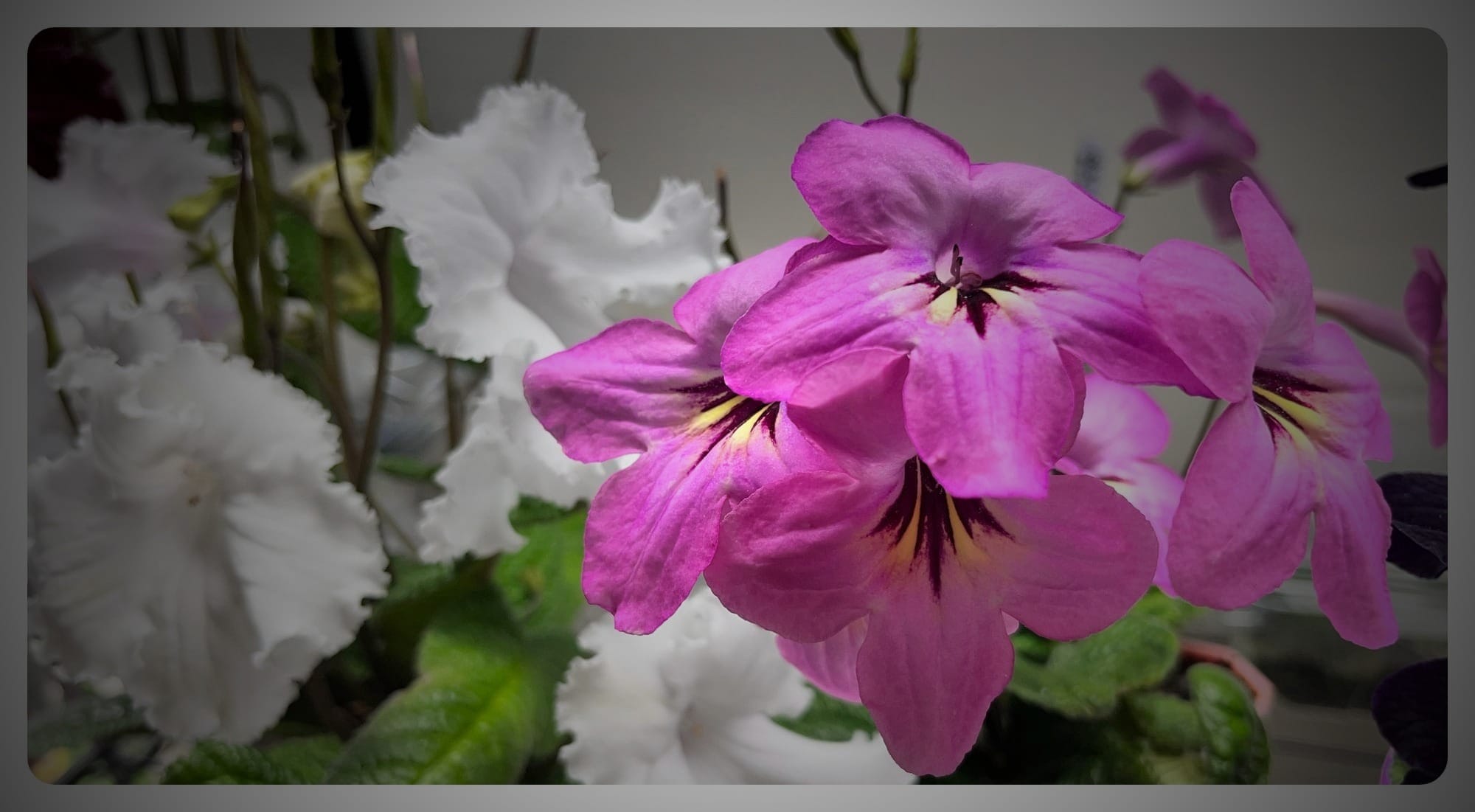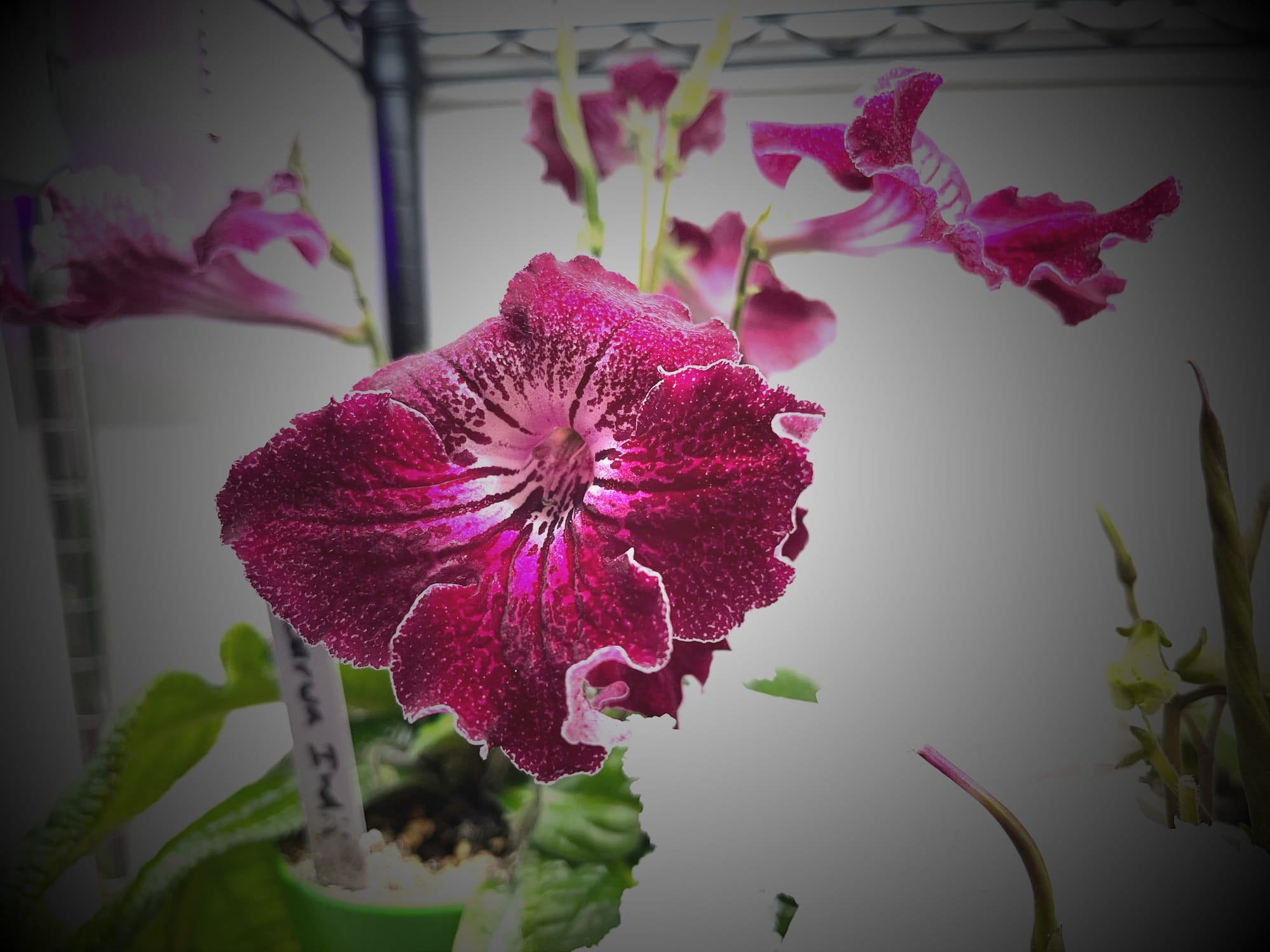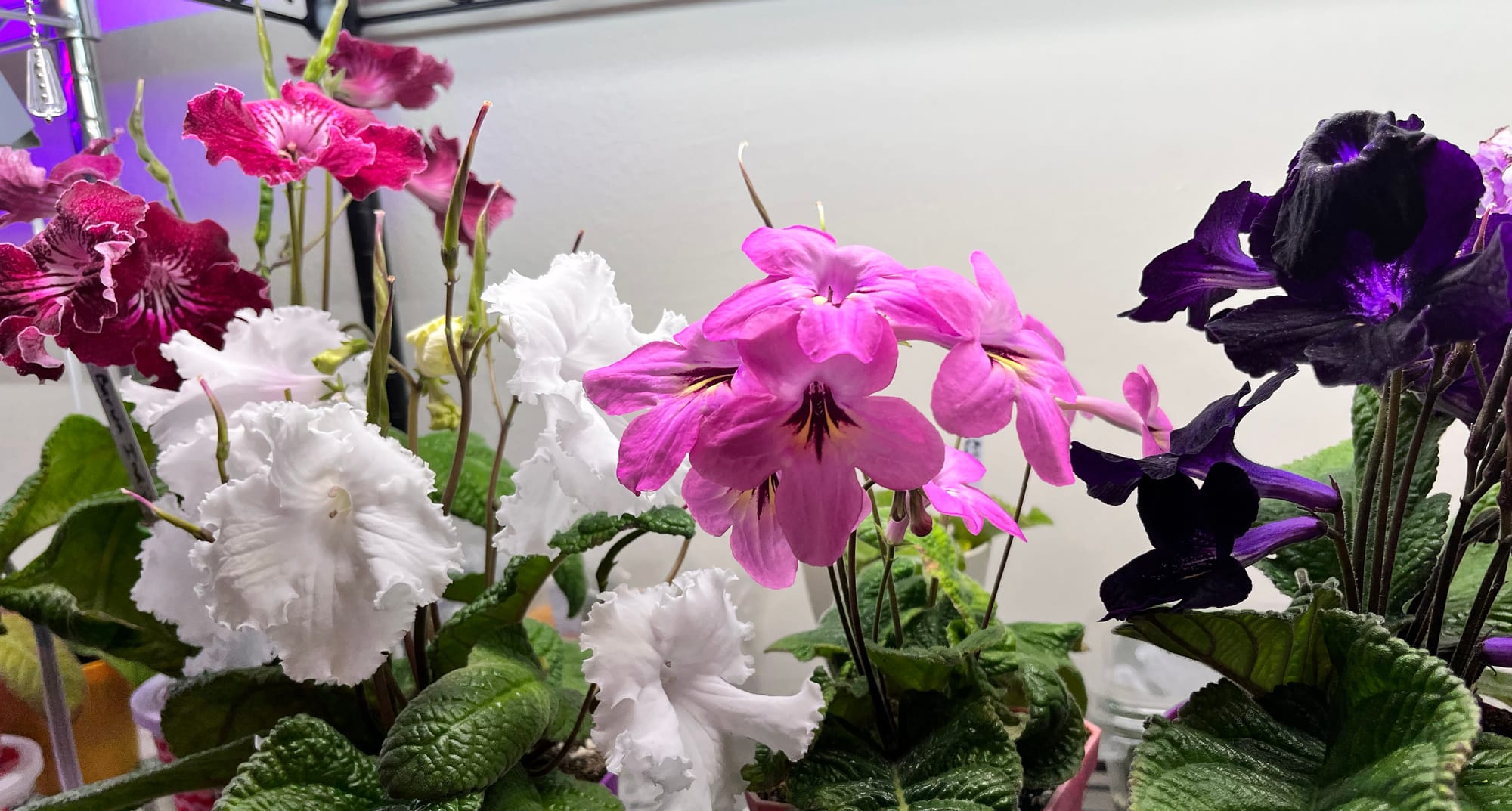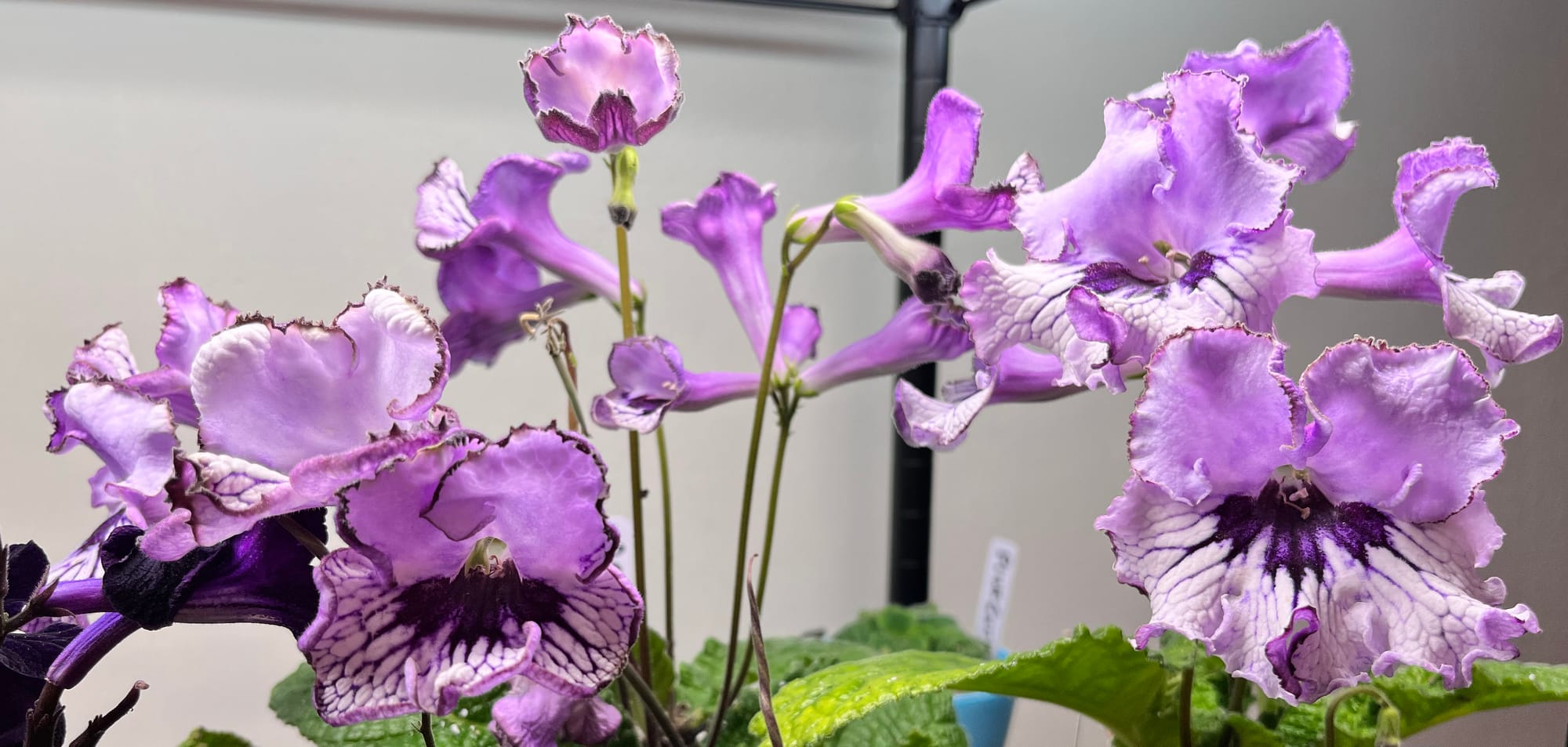Hybridizing Streptocarpus: Creating Unique and Beautiful Varieties
Crossing Streptocarpus Flowers: A Challenging but Rewarding Process


The photos accompanying this article showcase a couple of the streptocarpus flowers I’m currently crossing in hopes of creating seed pods. My goal is for these seeds to grow into unique, colorful, and intriguing new varieties.
As I explain in the video below, determining whether two streptocarpus varieties can be successfully crossed is often a mystery until you have the actual plants in hand. You can’t always tell if a flower is capable of producing seeds, pollen, both, or neither. Fully double streptocarpus varieties, such as the stunning DS-Eternity, present additional challenges. These flowers often have limited or no ability to produce pollen or seeds. Accessing the stigma beneath their abundant petals—if one exists and is functional—can be nearly impossible. The same difficulties apply to extracting pollen from their hidden pollen sacs, which may also be inaccessible or unable to produce viable pollen.

The stigma is ready to receive pollen shortly after the flower opens, but the pollen often doesn’t mature until a few days later. Because removing the pollen sacs to extract the pollen can be tricky, I typically use a small paintbrush, sweeping it inside the blooms to collect any pollen that has naturally fallen. Some growers use vibrating devices to shake the pollen loose, but for me, that’s more effort than necessary when a quick graze with a brush does the job. Keep in mind, if your seed pod stays thick and green, resembling a green bean, it likely hasn’t been fertilized.


A collection of streptocarpus in bloom, and streptocarpus "DS-1449."
To establish a successful hybridizing program, you may need several different varieties of streptocarpus. This is especially true unless you’re working exclusively with plants that can both produce seeds and generate sufficient pollen. Generally, the more spectacular and unusual a variety, the more challenging it can be to cross. Simpler varieties, like Lucky Strike, are more likely to be fully fertile. However, crosses with these tend to focus primarily on color, as their blooms are fairly basic in form. That said, they can still create an impressive display when covered with a mass of colorful flowers.
The dark purple, nearly black streptocarpus shown in the photo above is called Bristol’s Xolo. I believe this variety is fertile in both directions. Its rich, dark coloration tends to dominate in crosses, which can result in offspring with similarly dark purple blooms. This is ideal if you’re self-pollinating to achieve a deep purple or almost black flower. However, it could pose challenges if you’re trying to hybridize for other colors or patterns, as the dark pigmentation may overshadow any desired petal patterns or lighter hues you might have in the cross to another flower. In other words, if you cross Xolo with a pink flower, you may have trouble getting pink flowers. You'll likely get a lot of purple flowers.
© Copyright Terry Aley
The Aley Acres seed shop on Etsy.
Dahlias, Notes from a Gardener book on Amazon.
Floral Art and Landscape Painting Etsy shop.
TikTok, some gardening posts.
